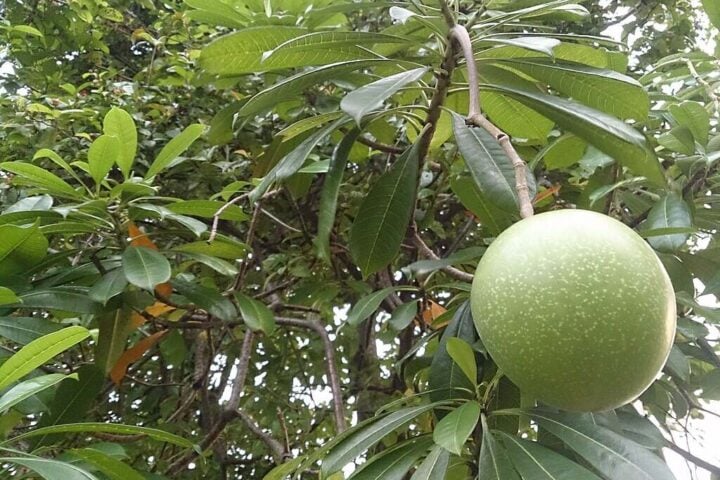National Tropical Botanical Garden (NTBG) Located on the island of Kauai in the states of Hawaii, is a not-for-profit institution with a goal to explore, study and preserve diverse tropical plants by ensuring the survival of ecosystems, and the cultural identity of tropical regions. It is the only botanical garden which is holding a charter from united states congress under Title 36 of the United States Code. National Tropical Botanical Garden (NTBG) is using cutting edge drone technology to discover and conserve rare plants in Hawaii’s extreme terrain. These plants are one of the rarest plants on the planet earth and technology is playing a key role in its conservation.
The drone program developed in collaboration with University of Sherbrooke in Quebec, enables the NTBG to collect data on the location, abundance, and health of rare plant populations. The team at the robotics lab in Quebec developed a drone mechanism called DeLeaves that can collect plant material from treetops, and they recently unveiled an updated design called MAMBA (Multi-Use Aerial Manipulator Bidirectionally Actuated) which has two independently functioning components – a lifting drone and the MAMBA mechanism. The MAMBA is suspended below the lifting drone and is equipped with a sampling head that rotates in multiple directions, allowing the pilot to align with and collect the desired branch. This technology has enabled NTBG to collect seeds and cuttings from small, often fragile cliff dwelling species in Hawaii from more than half a mile away.
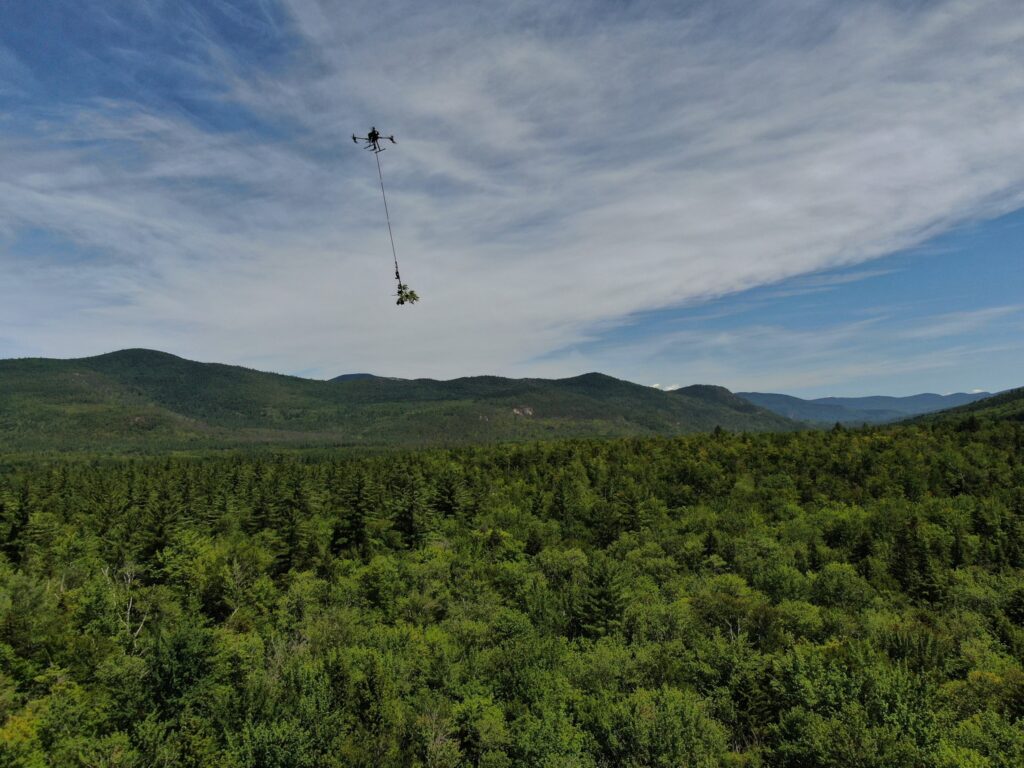
Through habitat restoration and scientific research its network of 2000 acres of gardens, preserves and research facilities located in Hawaii and Florida have become a safe shelter for many endangered species, that otherwise might extinct forever. located on the south shore of Kauai in the picturesque Lawai Valley, the institute’s McBryde and Allerton Garden runs Individual tours of each garden daily.
Whereas, the preserves act as laboratories and provides the scientists with all the necessary means for the restoration of species that are near extinction and no longer found in the wild. At present the institution owns and manages five preserves namely the Lawai Preserve, the Ka’upulehu Preserve, the Awini Preserve, the Kahanu Preserve and the Limahuli Preserve.
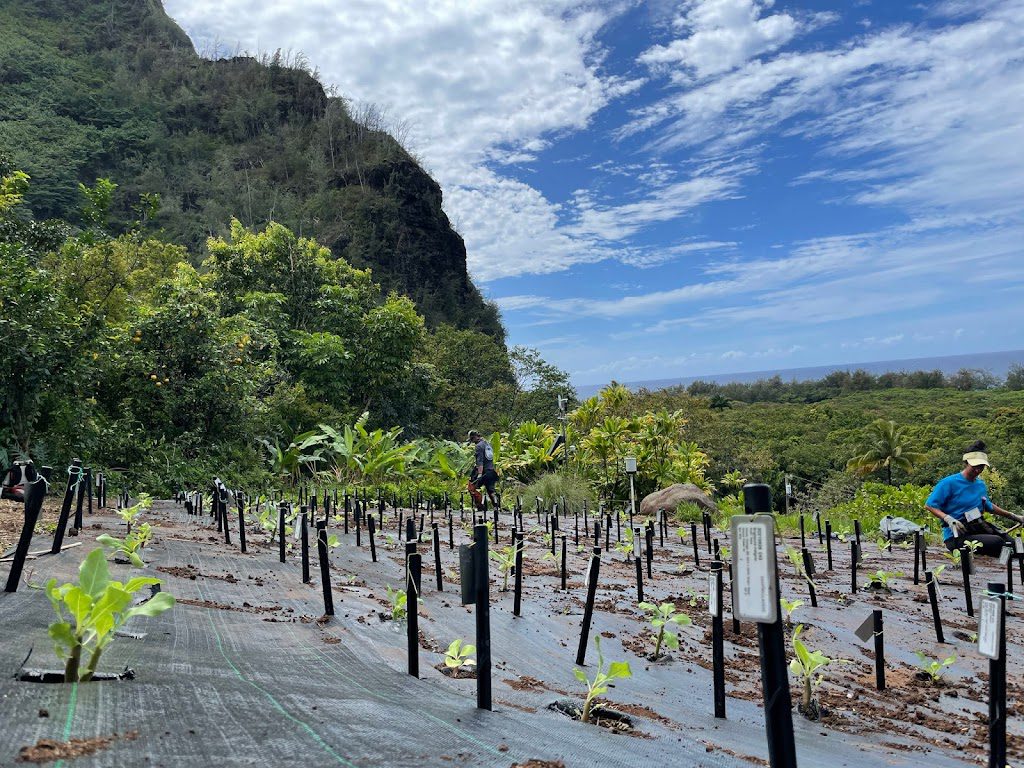
The National Tropical Botanical Garden also created the Breadfruit Institute in 2002, to focus on the conservation of breadfruit germplasm and to promote it as highly nutritional and versatile in nature. The Institute using a method to mass produce plants in vitro to preserves varieties of breadfruit that no longer exist on the native islands and distribute thousands of trees to less developed tropical countries as a source of food to overcome the alarming hunger issue.
The institution has been using drone robots, rappelling, and rough terrain roping techniques for decades now, to collect, study and conserve some of the rarest plant species that are otherwise inaccessible to humans. And in 2016, NTBG started to search for rare plant species in the most inaccessible parts of the island using quadcopter drones. It has a living collections department that collects, curates, grows and outplants propagules from the rarest plants, which also includes species on the plant extinction prevention program (PEPP) list.

In the year 2020, NTBG scientists in collaboration with Outreach Robotics and the University of Sherbrooke in Quebec, redefined conservation of rare plants by designing a remotely controlled arm, called Mamba that while suspended by a drone can collects endangered plants which are otherwise unreachable.
The MAMBA mechanism is an efficient and effective way of collecting plant material from treetops. It is equipped with a sampling head that rotates in multiple directions, allowing the pilot to align with and collect the desired branch. The MAMBA is suspended below the lifting drone, which provides the stability and maneuverability needed to reach and collect plant specimens. This technology has enabled NTBG to collect seeds and cuttings from small, often fragile cliff dwelling species in Hawaii from more than half a mile away. The MAMBA mechanism is designed to be easy to use, lightweight, and durable, allowing for multiple uses in different environments.


In its successful first trial, they collected seeds and cuttings from the populations of rare native plant species such as Lysimachia iniki and Isodendrion pyrifolium. Once the plants are retrieved by the mamba, they are preserved in a seed bank and also used in research. While the other seeds and cuttings are propagated in the nursery where they are grown for restoration process and then returned to the wild. As per their annual report of 2020, they discovered new populations representing at least nine rare species.
- Sydney Legionnaires’ Outbreak: 1 Dead, 12 Hospitalized
- Global Circularity Falls to 7.2% as Material Use Nears 20th Century Total in Six Years
- Casely Recalls 429,200 Power Pods After 51 Fire and Burn Incidents Raise Lithium Battery Safety Fears
- MTA Boosts Service on 16 NYC Bus Routes Starting June 29, 2025
- Brits Track Finances, Weather and TV More Than Cancer Symptoms, NHS Warns
Some of the plants recovered by MAMBA include Lysimachia iniki, Isodendrion pyrifolium, wahine noho kula, and other rare and endangered species. MAMBA has so far collected 29 cuttings or seeds from 12 endangered species, and these plants are currently surviving at both NTBG and State of Hawaii nurseries. The MAMBA technology is being used to collect data on the location, abundance, and health of rare plant populations, and is helping to ensure the survival of these endangered species.
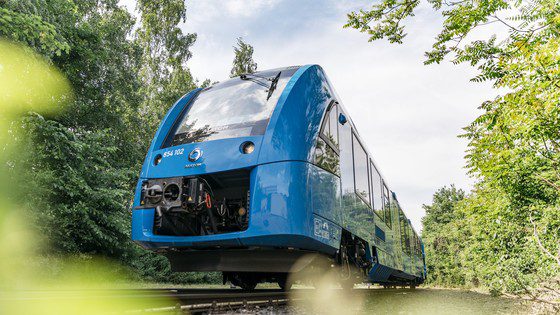
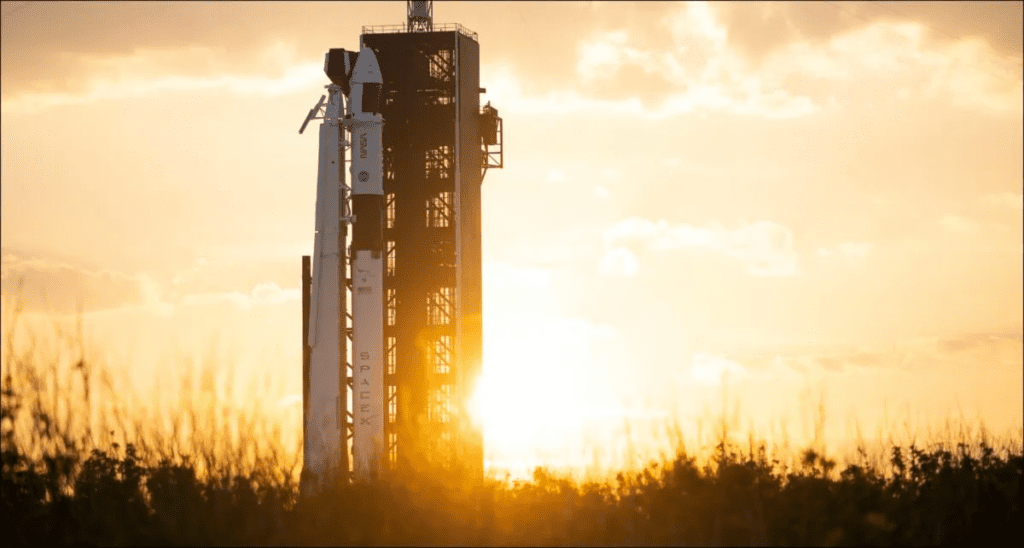
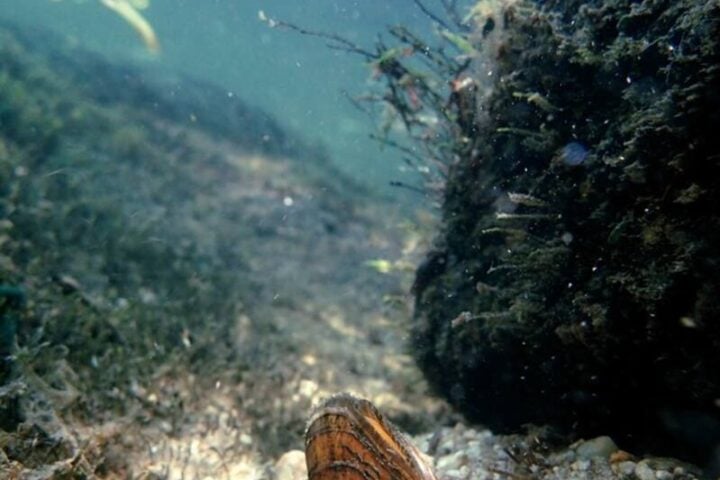
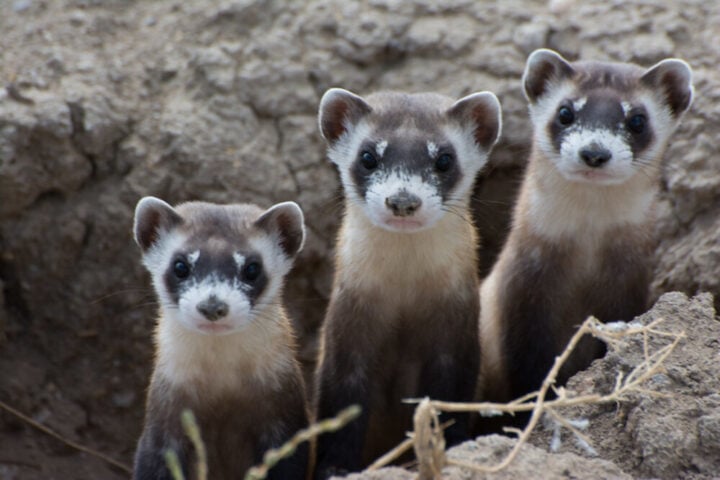
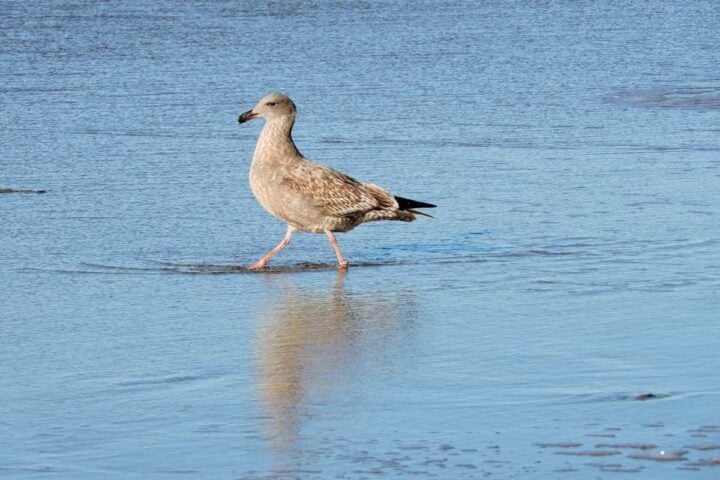
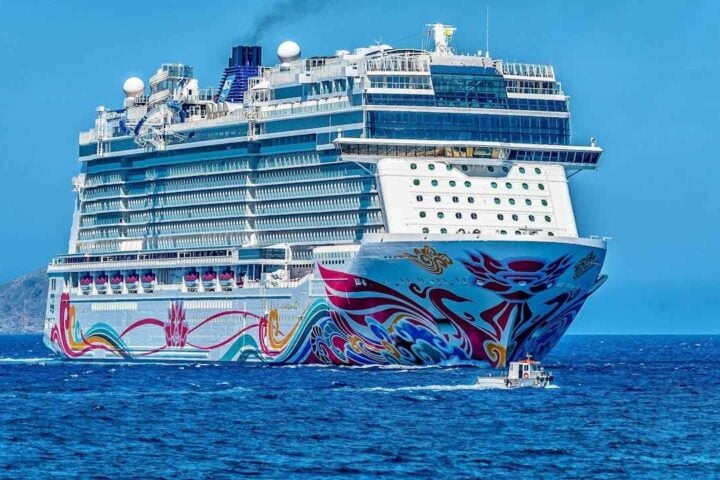
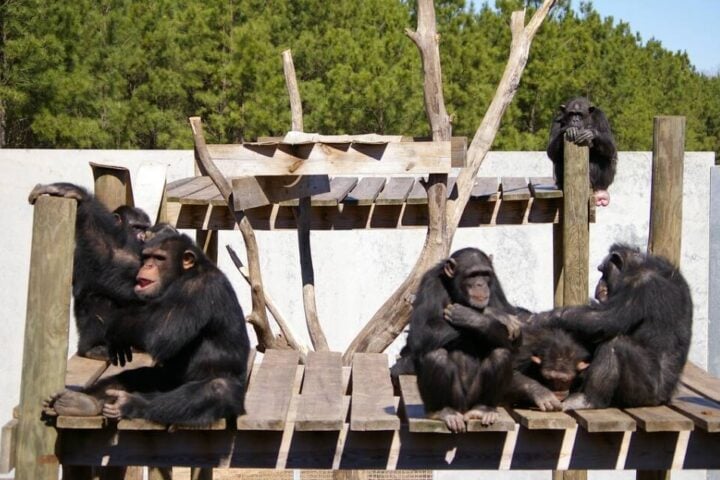


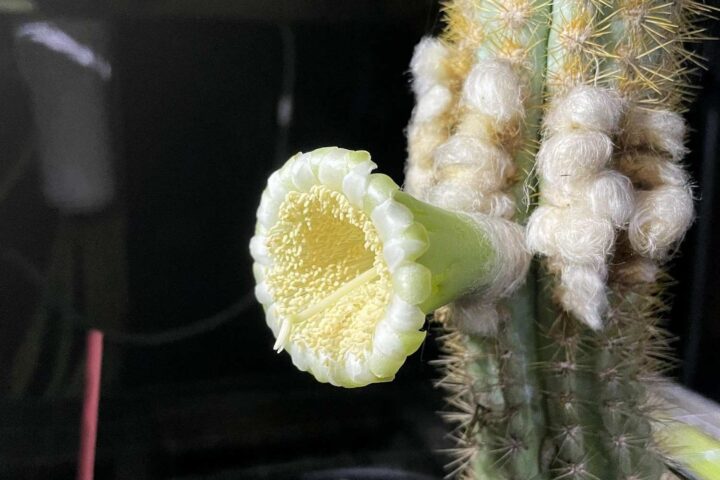
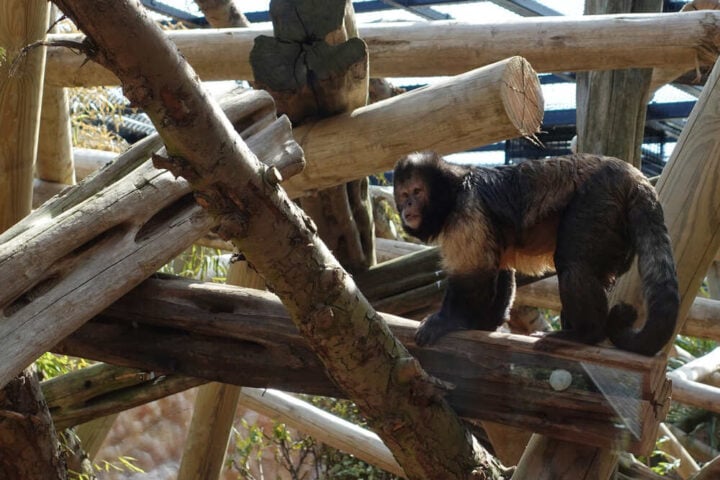


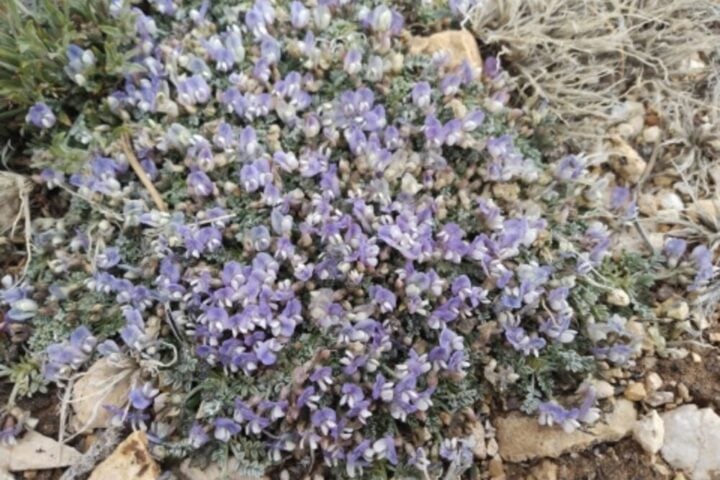
![Representative Image: European Starling [49/366]. Photo Source: Tim Sackton (CC BY-SA 2.0)](https://www.karmactive.com/wp-content/uploads/2025/04/Starlings-Drop-82-in-UK-Gardens-as-Birdwatch-2025-Reveals-Record-Low-Count-Since-1979-720x480.jpg)

